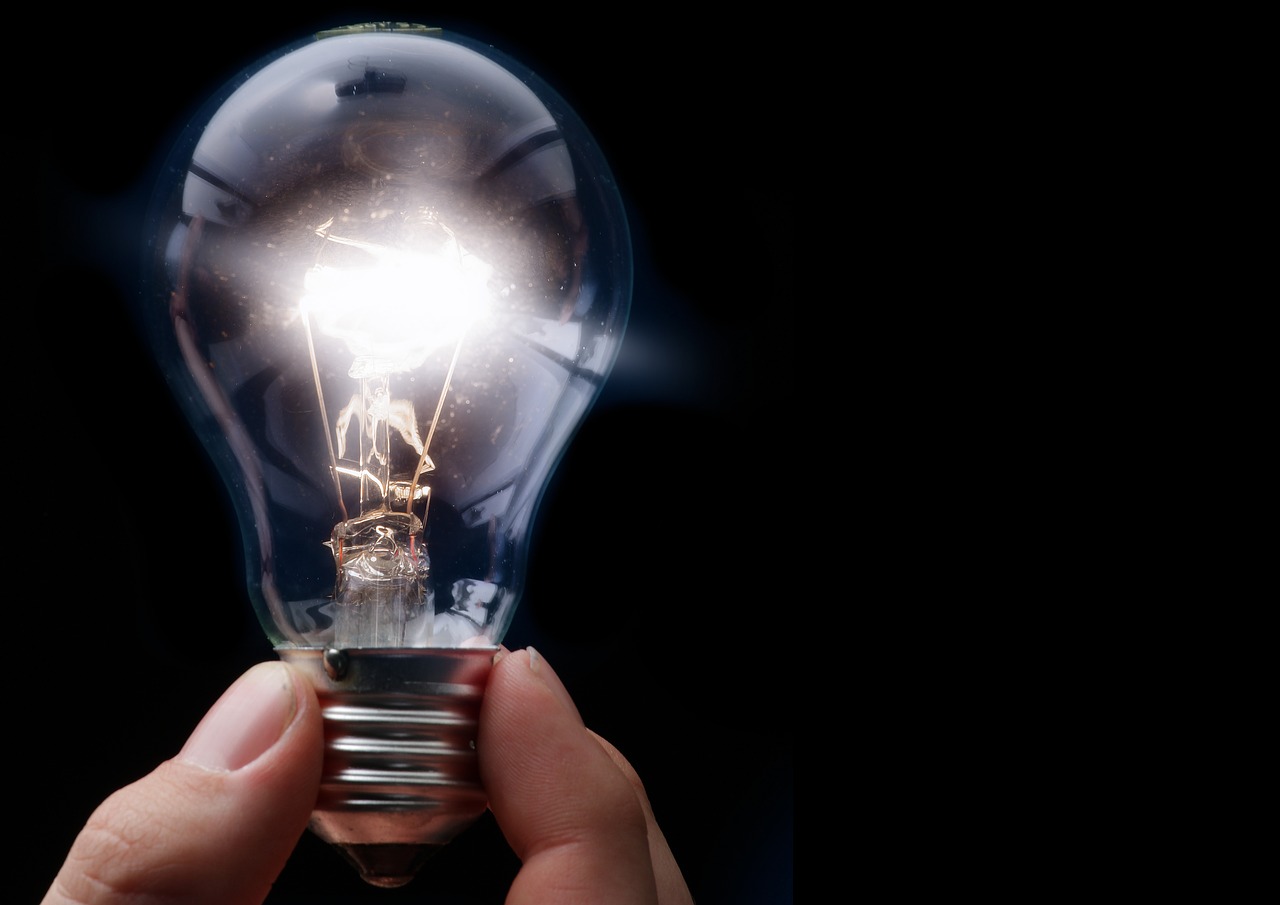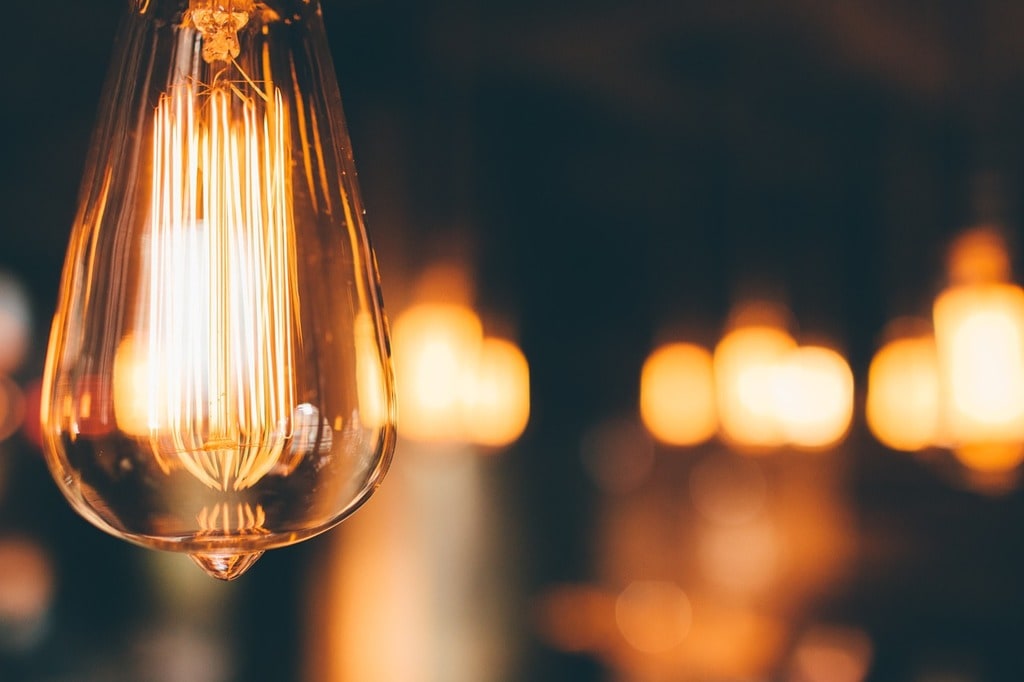Smart lighting is rapidly becoming a key feature in modern homes, transforming not just the way spaces are illuminated but also how they are used and experienced. The integration of intelligent lighting systems into daily living environments is changing how people interact with their homes, adding layers of convenience, security, and energy efficiency. As this technology advances, it is not only shaping the aesthetic appeal of interiors but also enhancing the overall quality of life by seamlessly blending functionality with innovation.
Smart Lighting and Its Impact on Modern Homes
Smart lighting technology has brought about a significant shift in the design and functionality of contemporary homes. Unlike traditional lighting systems that offer limited control, smart lighting allows homeowners to manage their lighting preferences with unparalleled ease and precision. Whether through voice commands, smartphone apps, or automation, these systems offer a level of personalization that was previously unattainable.
One of the most notable aspects of smart lighting is its ability to adapt to the lifestyle and preferences of the user. For instance, lights can be programmed to change color, intensity, and even temperature depending on the time of day or specific activities. This adaptability not only improves the ambiance but also supports wellness by aligning lighting conditions with natural circadian rhythms.

Key Features of Smart Lighting Systems
Smart lighting systems are equipped with a variety of features that cater to the diverse needs of modern homeowners. Some of the most impactful include :
- Remote control: allows users to adjust lighting from anywhere using a smartphone or tablet.
- Voice activation: integrates with virtual assistants like Amazon Alexa or Google Assistant for hands-free control.
- Automation: lights can be set to turn on or off automatically based on time, occupancy, or external conditions.
- Energy efficiency: lED bulbs and advanced sensors reduce energy consumption significantly.
- Customization: users can tailor lighting settings to match moods, tasks, or specific occasions.
These features collectively make smart lighting an essential component of the modern home, ensuring that spaces are not only well-lit but also energy-efficient and responsive to the occupants’ needs.
Enhancing Security and Convenience
In addition to its aesthetic and energy-saving benefits, smart lighting plays a crucial role in home security and convenience. By integrating with other smart home devices, lighting systems can create the illusion of occupancy, deterring potential intruders when the house is empty. For example, lights can be programmed to turn on and off at random intervals when homeowners are away, making it appear as though someone is home.
Smart lighting also enhances convenience in daily life. Motion sensors can trigger lights to come on automatically when someone enters a room, eliminating the need to fumble for switches in the dark. This is particularly beneficial in areas like hallways, bathrooms, and staircases, where adequate lighting is essential for safety.
Energy Efficiency and Sustainability
Energy efficiency is one of the most compelling reasons to integrate smart lighting into modern homes. Traditional lighting systems are often wasteful, leaving lights on in unoccupied rooms or using bulbs that consume more energy than necessary. Smart lighting addresses these issues by providing precise control over when and how lights are used, minimizing waste and reducing energy bills.
Most smart lighting systems use LED bulbs, which are significantly more energy-efficient than incandescent or fluorescent alternatives. These bulbs not only consume less power but also have a longer lifespan, reducing the need for frequent replacements. Additionally, smart lighting systems can monitor and report energy usage, providing insights that help homeowners make more sustainable choices.
Creating Ambiance and Enhancing Well-being
The ability to create personalized lighting scenes is one of the standout features of smart lighting systems. With a simple command or the touch of a button, homeowners can transform the mood of a room, whether it’s setting a calm, warm glow for a cozy evening or bright, invigorating light for a productive morning. This level of control over ambiance is not just a luxury but also contributes to overall well-being.
Research has shown that lighting significantly affects mood, productivity, and even sleep quality. By mimicking natural light patterns, smart lighting systems can help regulate sleep cycles, improve concentration, and enhance relaxation. For example, gradually dimming lights in the evening can signal the body that it is time to wind down, while brightening lights in the morning can help ease the transition from sleep to wakefulness.
The Future of Smart Lighting in Homes
As technology continues to advance, smart lighting is expected to become even more integrated into the fabric of modern homes. Future developments may include even more intuitive systems that learn from user behavior, adjusting automatically to optimize comfort and efficiency. The integration of artificial intelligence and machine learning could enable smart lighting to anticipate needs and make adjustments without any manual input.
In addition, the expansion of the Internet of Things (IoT) will likely lead to more seamless interoperability between smart lighting and other home devices. This could result in a fully synchronized smart home environment where lighting, heating, security, and entertainment systems work together to create a harmonious living experience.
Smart lighting is more than just a trend; it is a transformative technology that is redefining how homes are designed and lived in. By offering enhanced control, energy efficiency, and the ability to create tailored environments, smart lighting systems are setting new standards for modern living. The potential of this technology is vast, and as it continues to evolve, it will undoubtedly play an even more integral role in shaping the homes of the future.
